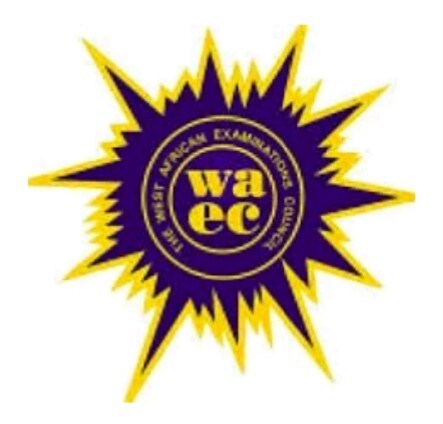Preparing for your Auto Body Repairs and Spray Painting examination requires a solid foundation of knowledge and understanding of the subject matter.
The West African Examination Council (WAEC) has provided a detailed syllabus that serves as a roadmap for your study.
In this blog post, we will explore the aims and objectives, notes, and format of the Auto Body Repairs and Spray Painting exam.
By following the syllabus and utilizing the recommended textbooks, you can enhance your chances of success in the upcoming examination.
Understanding the Syllabus:
The Auto Body Repairs and Spray Painting syllabus is a valuable tool that outlines the key areas you need to focus on during your exam preparation.
It covers a wide range of topics, including safety rules and regulations, tools and equipment, materials, repair techniques, spray painting, and even the business aspects of an auto body workshop.
Let’s take a closer look at some of the important topics you’ll encounter:
- Safety Rules and Regulations: Learn about the essential safety precautions and regulations associated with auto body repairs and spray painting. Understand the importance of personal protective equipment and safe working practices in the workshop environment.
- Tools and Equipment: Familiarize yourself with the basic hand tools and specialized equipment used in auto body repairs and spray painting. Gain an understanding of their functions, proper usage, and maintenance to ensure optimal performance.
- Materials: Explore the different materials utilized in auto body repairs and spray painting. This includes auto-body repair materials, spray painting materials, types of metals, and their heat treatment. Learn about the characteristics and applications of various materials to make informed decisions during the repair process.
- Auto Body Repair Work: Delve into the intricacies of auto body repair, both minor and major. Understand the techniques involved in repairing aluminum panels and plastic components. Acquire knowledge about the appropriate methods for different repair scenarios.
- Spray Painting: Master the art of spray painting by studying the proper use of spray guns, surface preparation techniques, and the different types of paints available. Gain insights into metallic paint applications, achieving desired finishes, and maintaining quality standards.
- Auto Body Workshop Business: Learn about the business aspects of running an auto body workshop. Acquire knowledge on customer service, estimating costs, managing inventory, and promoting your services. This understanding will help you develop a holistic approach to the auto body repair industry.
Exam Format:
The Auto Body Repairs and Spray Painting examination consist of three papers: Paper 1, Paper 2, and Paper 3. Here’s a breakdown of each paper:
- Paper 1: This is a multiple-choice objective paper containing forty questions. You have one hour to complete it, and it carries a total of 40 marks.
- Paper 2: This paper consists of five essay questions, out of which you must choose and answer any four. You have 1½ hours to complete this section, and it carries a total of 60 marks.
- Paper 3: This is a practical test that lasts for 3 hours and 10 minutes. It includes one compulsory question and is worth 100 marks. Schools will receive a list of materials required for the practical test well in advance.
Alternative to Practical Test:
In certain circumstances where acquiring the necessary materials for the practical test is not feasible, the Council may conduct a theoretical test. This alternative test will evaluate candidates’ theoretical knowledge of practical skills based on the syllabus. It consists of one question to be answered in three hours for 100 marks.
Recommended Textbooks:
To support your exam preparation, the WAEC recommends the following textbooks:
- “The Repair of Vehicle Bodies” by Alan Robinson (3rd Edition).
- “Fundamentals of Vehicle Bodywork” by J. Fairbrother.
- “Practical Welding” by S. Gibson.
- “Fundamentals of Motor Vehicle Technology, Chassis and Body Electronics” (5th Edition) by Hilliers V. A. W. and David R. Rogers.
- “Bodywork Maintenance and Repair Including Interiors” by Paul Browne.
- “Automotive Encyclopedia” by Goodheart-Willcox.
- “Auto Body Repair and Repainting” by Bill Tobold.
Conclusion
Taking the Auto Body Repairs and Spray Painting exam requires comprehensive preparation, and the syllabus provided by WAEC serves as your guide.
By understanding the aims, objectives, and topics outlined in the syllabus, and utilizing the recommended textbooks, you can confidently approach the examination.
Remember to prioritize safety, familiarize yourself with the necessary tools and materials, and develop a strong foundation in auto body repair techniques and spray painting.
Best of luck in your exam preparation, and may you excel in your Auto Body Repairs and Spray Painting examination!






